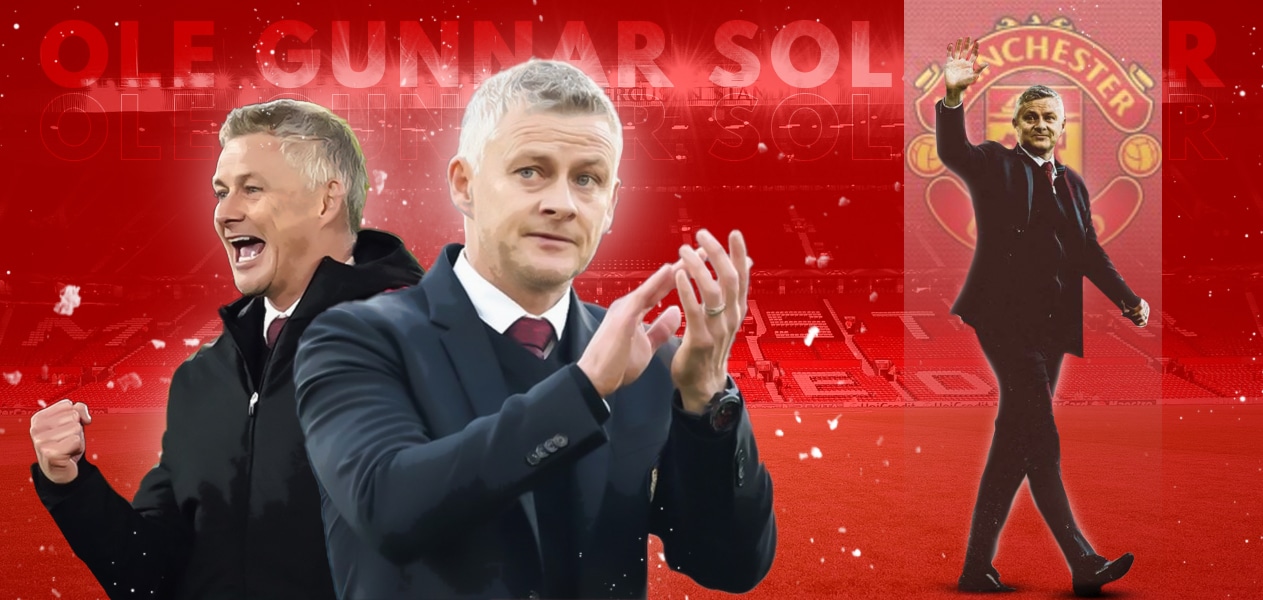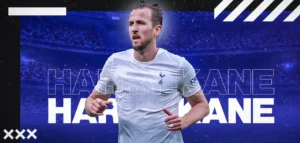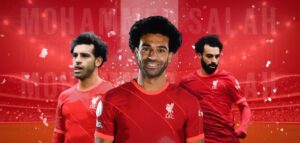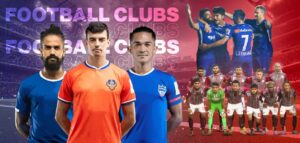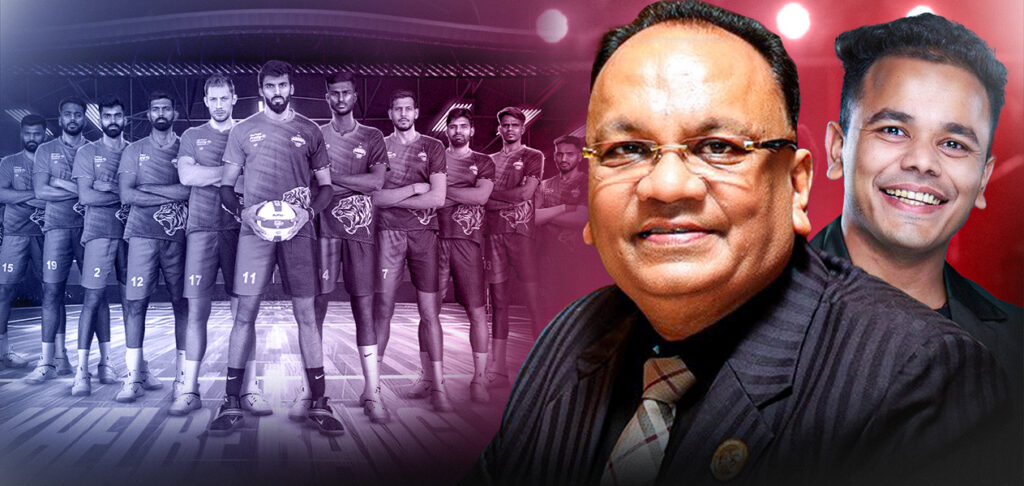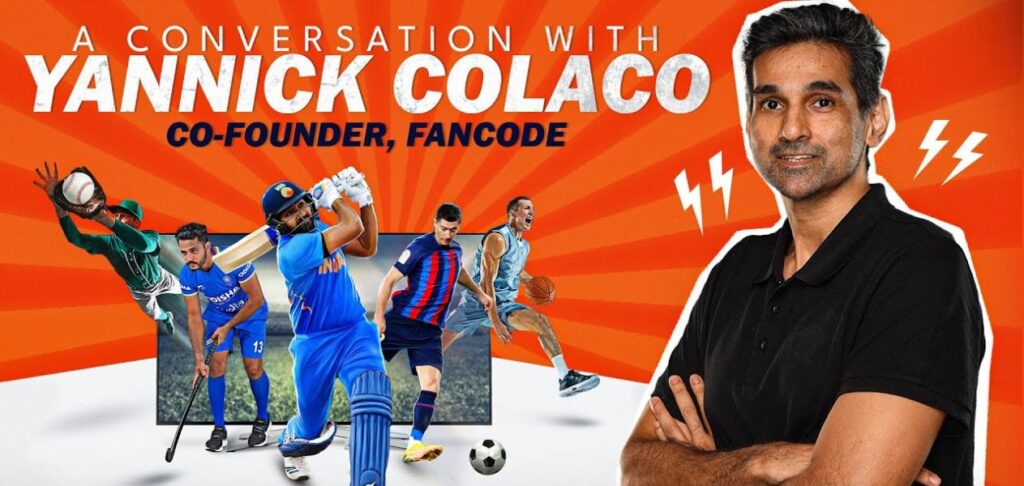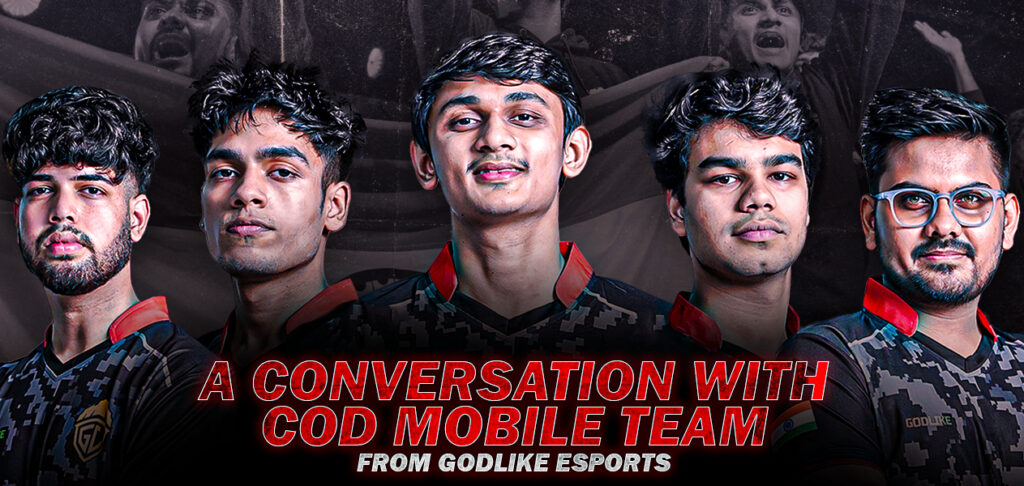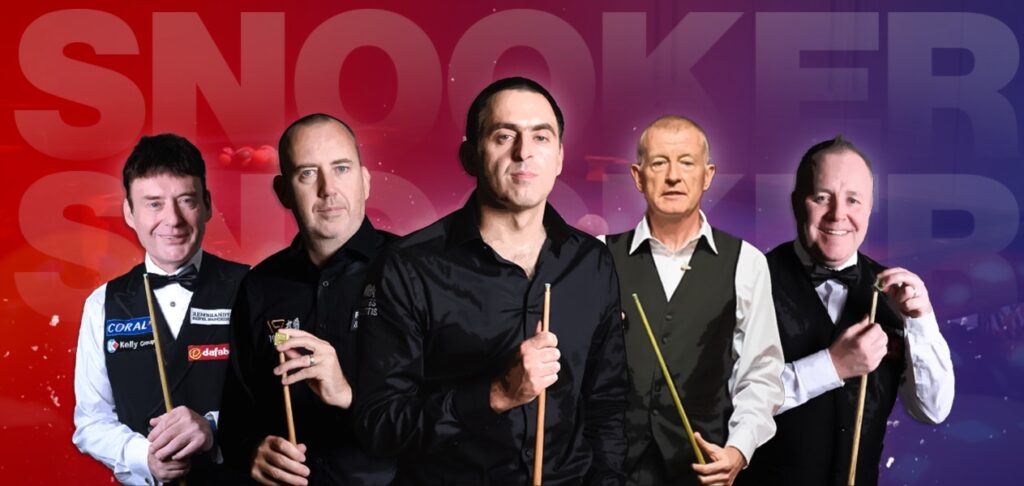This time, it could actually happen.
When Liverpool walked out onto the Old Trafford pitch this past Sunday afternoon, they looked sharp, determined, ready to go into battle. The Manchester United players, led by Harry Maguire, followed them closely behind. Their walk was more of an amble, and it looked like they had just been woken up from a deep slumber to play a match they dreaded to even think about — not the kind of comportment you would expect from a team that had just won a game in the midweek coming back from 2-0 down and were now about to face an eternal rival and, supposedly, a fellow title contender.
That image set the tone for what was about to follow, and what followed was far from a one-off result; it was the culmination of everything United’s performances had been building towards right from the start of the season. Their issues were laid bare in the open for everyone to see, not that they weren’t apparent already.
“Battered”, “broken”, “buried alive” — take your pick of the words, all of which could describe adequately as to what happened with Manchester United on Sunday. Five minutes were all it took for Liverpool to land the first blow, and by the 50th minute they had landed five. After that, as if to establish superiority of the highest order, the Merseyside Reds took their foot off the gas, more than happy to let the gloom settle in as the United fans rushed out of the Theatre of Dreams having seen enough and looking for a place to hide — a luxury their players could not afford.
As has been customary during his time at the club, Ole Gunnar Solskjær is once again the target of most — if not all — criticism. This time, however, the Grim Reaper is clearly visible, and the Norwegian’s dismissal is not a matter of if, but when.
He’s not without his blame. Solskjær has made some calls that have finally brought him on the cusp of losing his dream job. It’s not all his fault, obviously, but if you have followed this game long enough, you know it’s his frame in the firing line.
So, where has it all gone wrong? Is it really all that bad? Why is it that now, after all this time, Solskjær is in danger of losing his job? And where do Manchester United go from here?
Also Read – OLE GUNNAR SOLSKJÆR’S JOURNEY AS MANCHESTER UNITED MANAGER
A Tactical Travesty
By the end of last season, United’s tactical shortcomings were well-defined. Mostly, though, their issues surfaced against teams they would be favourites against. A pragmatic, low-block setup, inviting the United players to take charge of the ball, was all it took for an opposition team to create problems for the Red Devils.
In these matches, United would not only find it hard to break the opposition down, they would also become increasingly prone to counterattacks. These were the matches that highlighted best United’s ineptitude in transition.
Attack to defence, defence to attack: those are the two types of transitions. In continuance with my “maintaining the balance” rhetoric, a team require the right amount of both structure and individual talent to excel in transition. While an overload of highly creative individuals would help the team move from defence to attack effectively in most cases, when going the other way around, having a well-defined structure is paramount.
During United’s 1-1 draw against Everton at the start of October, it was remarkable to see how quickly the Everton players resorted to a well-devised shape when out of possession to limit the on-ball United players. This was a set of players who had just undergone a managerial change, and in under four months, Rafa Benítez had them playing in a more defined style and shape than Solskjær, nearing the third anniversary of his managerial appointment at the club, could muster. Duly, Everton used this to their advantage and on another day could have left Manchester with all three points. This was a damning indictment of Solskjær’s tactics and raised questions as to what the coaching staff were up to in training.
In such matches, United’s inability to deal with transitions brings us back to the issue of them not having a well-defined structure on the pitch, which means not having a definite style of play, a plan to start off of and/or resort to in order to regain composure in-game, with well-laid out roles for players to perform at the minimum.
In West Ham United’s victory over Man United in the Carabao Cup last month, David Moyes replaced his first-choice defensive midfielders Declan Rice and Tomáš Sou?ek with Mark Noble and Alex Král. While neither Noble nor Král could match either Rice or Sou?ek in terms of individual ability, they were able to come into the starting XI, take up their positions, and perform their respective jobs seamlessly, while Man United’s players, on the other hand, part of a second-string yet highly talented team, could not perform anywhere close to their first-team counterparts. As a result, West Ham efficiently saw the game out with a 1-0 victory.
A lack of structure means Man United do not have well-defined roles on the pitch to swap players in and out of. Because of this, United’s second-string players only ever get time in the early rounds of cup competitions, when the sheer amount of quality available to them is enough to get them the victory. Of course, for this season, those opportunities are reduced furthermore now that United are no longer in the Carabao Cup.
Therefore, Solskjær ends up having a cause-and-effect relationship with his team selection. Because there is little to no structure, he needs to put his best players out on the pitch, for they are the only ones he trusts to get him a result. But since individual talent is the only parameter, it means few to no opportunities for the second-string players, and since they don’t play much, they end up having little to no impact from the bench, while getting sporadic starts only against teams deemed too weak for even them to fail against. This lack of game time means the second-string players find it hard to play not only with each other, but also with the first-team players when given the chance, further dwindling the manager’s trust in their ability to change matches, meaning he feels mandated to pick his first-team players all the time because he feels there is no other choice, and there isn’t a choice because of a lack of structure, which in turn means…
I think you get the point.
Ole’s Ailments
Of course, these are only a select few examples to point out that Manchester United have carried over their major tactical flaws from last season to this one. That, however, does not make Solskjær a complete idiot. Neither does it mean United have been completely clueless all the time.
Last season, we noticed that Solskjær’s United performed well against teams dogmatically set up to play a certain way. Against so-called “equal” and “better” oppositions, who would take charge of the ball, United seemed to have a plan, a default setup and a set of well-defined roles that helped them get a favourable result. A string of nil-nil draws against fellow “top six” contenders demonstrated that while United had a hard time breaking good teams down, they at least had a plan to stop them from scoring as well. Of course, the best example of this is United’s recent record against Pep Guardiola’s Manchester City, who have been unable to beat United in the league in the last two seasons.
Year after year, making changes to the squad while making tactical tweaks — however marginal — are crucial for any team. To that end, United did bring in Jadon Sancho and Raphaël Varane over the summer, and while they would have done themselves a lot of good by getting a defensively solid, good-on-the-ball midfielder, it is hard to argue against the fact that the current United squad is a definite improvement over what they had last season.
However, Solskjær, having rightfully earned himself a third full season on the back of two successful ones, has evidently not been able to make any coherent additions to his playing style. Yes, being a Sir Alex acolyte, his management style is very hands-off, and most of the coaching is delegated to the likes of Kieran McKenna and Michael Carrick, but the fact remains that United’s on-field misery reflects poorly on the coaching mechanisms currently in place behind the scenes and on the touchline.
The management’s inability to field a competitive midfield has further accentuated United’s problems on the pitch, who with an improved squad have been performing even more poorly than they did last season. And to make matters worse, the opposition teams are able to see that as well. Teams around United are not only improving on their own, they are also becoming more capable of beating a tactically-stagnant United.
This further has a knock-on effect on the United dressing room. The players are also catching on to the fact that they’re being outsmarted on the pitch by teams they should be beating, with their style of play not reflecting well upon a management that is effectively in its fourth season. The subsequent psychological toll of continuous beatings only ever worsens the situation.
The players’ faith is paramount in keeping a manager’s job secure. Solskjær has had that for most of his tenure, which has kept him safely insulated in the past. But the tide seems to finally be turning against him, and the moment the players start having doubts, it’s usually all over.
To make matters worse for Solskjær, there is now another big personality in the dressing room that is speeding up that process.
Return of the Golden Boy
Regarding the off-field issues concerning Cristiano Ronaldo, because of which many United fans have been feeling uncomfortable with his return to the club irrespective of what he would offer as a player, I wrote a separate piece in which I aired my concerns regarding issues that needed highlighting.
Here, though, we take a look at the footballing side of things.
That Cristiano Ronaldo would be a bad signing for Manchester United is a not a controversial take by any stretch of the imagination. His pressing numbers keep decreasing with every game, which given his age is not a surprise, and his style of play and personality make him more of a liability at this point than a plus, as a team featuring Ronaldo stop being a team and become a bunch of players trying to help the Portuguese increase his goal tally.
And yet, to be fair to him, he remains an elite-level athlete at 36 years of age, and still a very good striker. That, however, does not make him an immediate upgrade for any team.
To take United’s recent thrashing at the hands of Liverpool as a case in point, we had Bruno Fernandes playing far up the pitch alongside Ronaldo almost as a second striker, trying to press intensely to make up for his compatriot’s lack of the same, leaving the defensive pivot of Fred and Scott McTominay alone to fend off an on-song Liverpool onslaught. In hindsight, it’s hardly a surprise that this United team, playing in a narrow 4-2-4 with disjointed pressing, were taken apart by Liverpool in the way they did.
Again, Ronaldo is not directly responsible for United’s issues. He has already scored six goals since his return. Given he keeps getting minutes, there is no doubt he’ll end up scoring 15-20 goals come May. But his presence at the club only makes things worse, not better.
Cristiano’s time at Juventus is a sufficing example for how his individual excellence does not translate into a successful team. Over three years, he scored 101 goals and made 22 assists for the Bianconeri over 134 appearances — undeniably staggering numbers under any circumstances. Yet, as he excelled, his team declined right behind him. Of course, he was not directly responsible for all of it, but his presence was a significantly contributing factor in derailing a Juventus side that needed a rebuild even before he arrived at the club.
When they signed Cristiano, Juve couldn’t wait to get him on the pitch in hopes of winning the elusive Champions League trophy. By the end, they could not wait to get his wages off their books.
That is the kind of effect the Portuguese has already started having on the Man United team, and the repercussions of his return can continue surfacing for years to come. His presence on the pitch takes minutes off young players. Even off the pitch, his celebrity and personality only polarises the dressing room, speeding up Solskjær’s march towards the exit door. The funds committed to keep him at the club until at least 2023 make sure any long-term squad-building plans that United were trying to execute are now stalled, if not completely thrown out the window. Their wage structure, now broken in order to accommodate Ronaldo’s £500k-a-week salary, will only end up getting further exploited by other players and their agents to get massive contracts, with the club having barely left the Alexis Sánchez nightmare behind.
“Years-long hard work flushed down the toilet. Just like that.” This is what I felt when Cristiano was brought back to the club. I stand by it.
Of course, if you were to try and fit Ronaldo into this team, one solution would be to have him on the bench and start Edinson Cavani, who is a much better fit for the team, only to bring him on for the last half-hour or so, so he could get his late goals and have his moment in the starlight, with the reduced minutes facilitating him to make at least some effort towards coherent pressing. That, though, is highly unlikely to ever happen thanks to his celebrity. Solskjær did put him on the bench during United’s aforementioned 1-1 draw against Everton, and the lack of a favourable result meant that was probably it.
But then, Ronaldo’s return was never really about football in the first place. It was yet another symptom of the disease plaguing Manchester United, the pathogen for which comes right from the very top of the club.
Also Read – THE GLAZERS AND MANCHESTER UNITED – AN OVERVIEW
Glazer-ball
2021 did not start out well for the Glazer family. Their relationship with the United fanbase had never been warm to begin with, but the Super League fiasco simply made things untenable. In order to save face, the Glazers had to take measures they never did before. Joel Glazer, who hardly ever made public statements, had to “pen” an open letter of apologies and promises to do better and be more engaging with the fans.
They needed a win, and they could not have asked for a better person to deliver it to them than the Golden Boy himself.
Player acquisition can be a laborious process for United more often than not. After securing the signings of Jadon Sancho and Raphaël Varane over the summer, the club struggled to land another player to reinforce their undeniably dysfunctional midfield.
And yet, once it became clear that Cristiano Ronaldo was on the market or, to be precise, once it became clear that Cristiano Ronaldo was very likely off to Manchester City, the entire club moved at a speed previously unseen and unheard of to stop that from happening. In a matter of hours, the Portuguese was again part of the red half of Manchester.
What followed was unsurprising at the very least: soaring share price, near-absolute global euphoria and merchandising opportunities galore, with United’s social media channels turning into Cristiano Ronaldo fan accounts, demonstrating once again that a player’s marketability was still a more important factor than their functionality in determining whether they got to wear the United shirt, and in that regard, there is hardly anyone more marketable than Cristiano Ronaldo.
In May, earlier this year, the United fans stormed onto the Old Trafford pitch to suspend their team’s scheduled match against Liverpool, demanding the Glazers’ exit from the club. Four months later, Avram Glazer himself was in attendance at the Theatre of Dreams to see Cristiano Ronaldo score twice in his team’s 4-1 victory over Newcastle United.
Manchester United are roughly half a billion dollars in debt. The investment going into the club predicates solely on their revenue, after the stakeholders have pocketed their share. The owners, however, are more than happy to live off the club’s past glory without really acknowledging the need to bring the club into modern-day football. Despite having proved themselves to not be football-savvy, they still continue to make key decisions instead of bringing the right personnel on board.
Manchester United is a well-run business, but a poorly-run football club.
Conclusion
In his three years at the club, Ole Gunnar Solskjær has done a commendable job at stabilising the club. With back-to-back top four finishes in the league for the first time since 2013, this is the best and the most consistent men’s team United have had in nearly a decade.
Yes, Solskjær’s United have failed to win any trophies in that time, but in truth, they could just as easily have won the Europa League final against Villarreal in May and would still have arrived at this very same point. In his third full season at the club, Solskjær seems to have reached his ceiling.
In theory, he could turn this around. He could completely overhaul his coaching principles and reinvent United’s playing style, but that is just wishful thinking at this point.
Ideally, this should have been Solskjær’s final year of his previous contract, which would have made dismissing him much easier. But, in their infinite wisdom, the Glazers were more than happy to give him a new deal when they didn’t need to, just like they gave one to José Mourinho when they didn’t need to.
If and when Solskjær leaves, he will have left United in a better place than the one he found them in. The same cannot be said of his predecessors, all of whom, unlike him, left the club having won at least one trophy. For that, Solskjær undeniably deserves credit, but the time has now come for someone else to be brought in his stead and take the team forward, and timely replacing him is crucial in making sure his overstay doesn’t end up undoing all the good work he has done.
As far as United’s long-term issues are concerned — issues beyond Solskjær’s control — they start from the very top and look unlikely to be resolved. The club look more than comfortable living in the past, serving high doses of nostalgia in an attempt to pacify their fans.
The term “United DNA” gets thrown around a lot, and while there is genuine merit in understanding a club and their ethos, as Solskjær has demonstrated, that alone is not going to suffice for too long, which again Solskjær has demonstrated.
That United need to make big, sweeping changes that go beyond the manager is an argument that surfaces every time the fog of nostalgia subsides, as it did in 2014, 2016 and 2018, and will probably do so again in the near future. But the directive for that comes from the very top, and as long as that is amiss, United will continue going round and round in circles, with few victories to celebrate along the way, but no long-term progress achieved.

